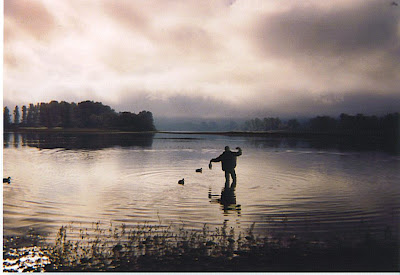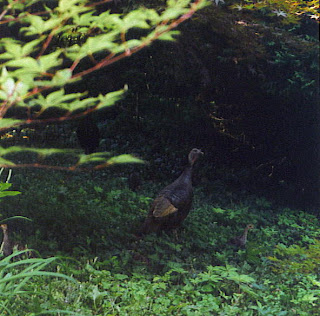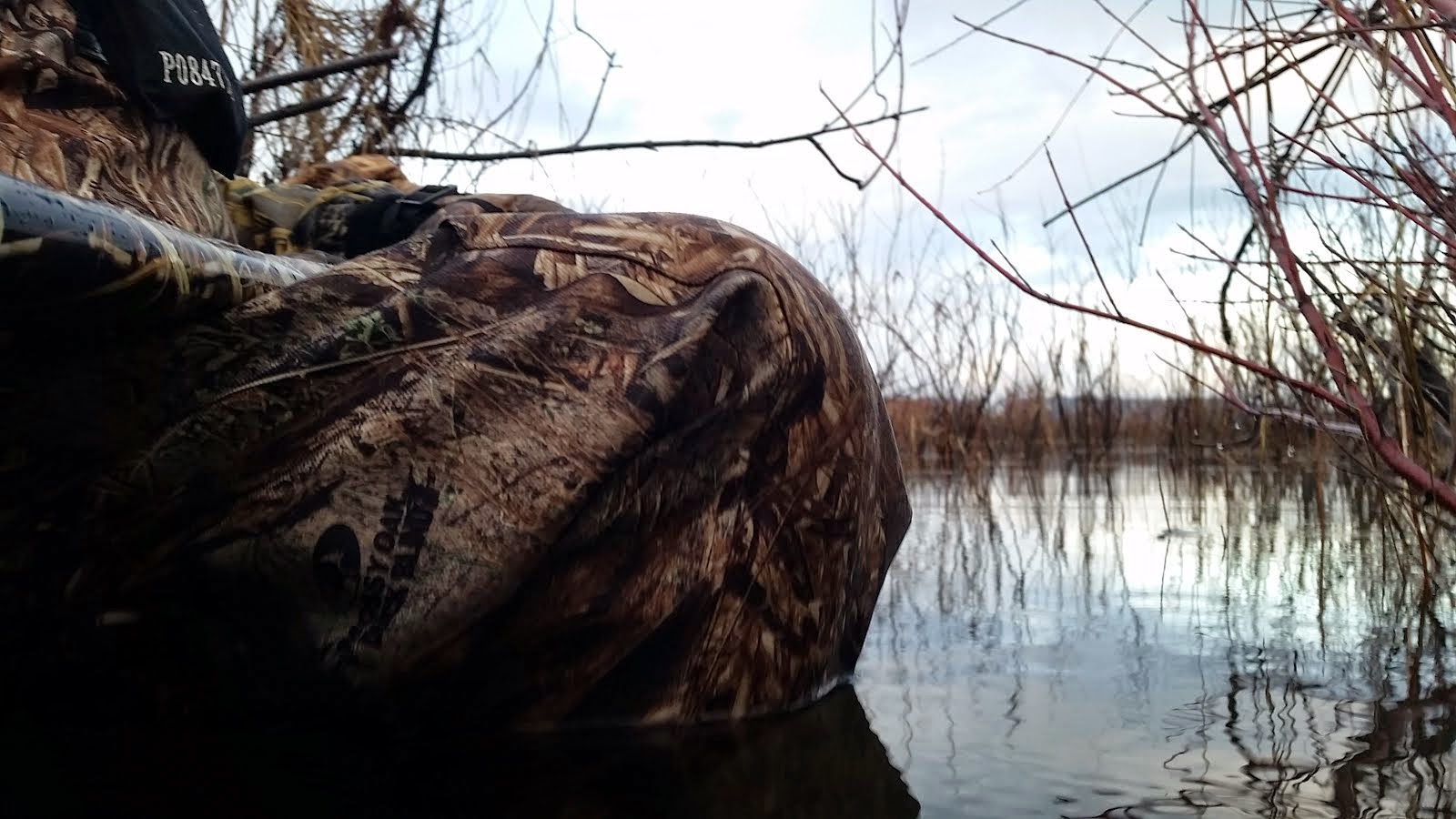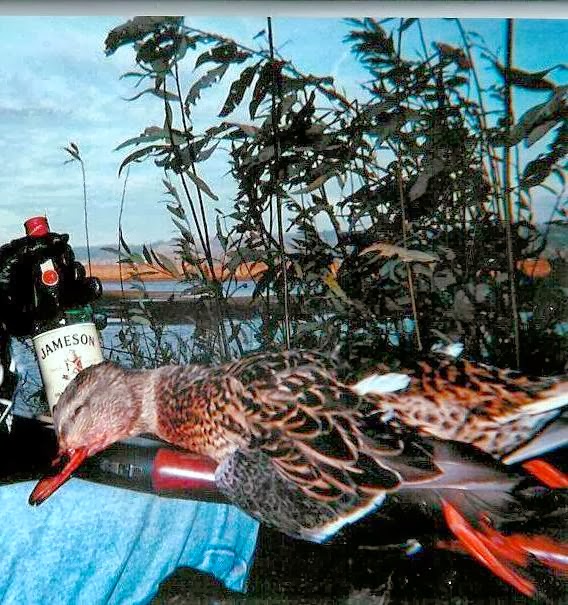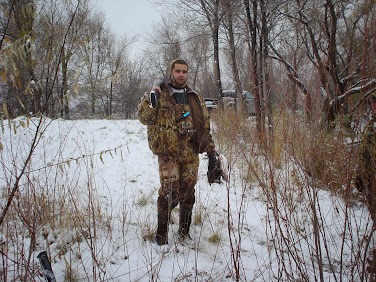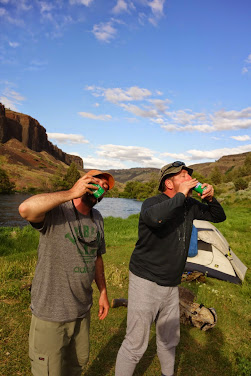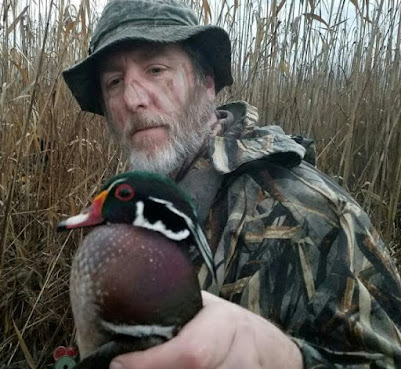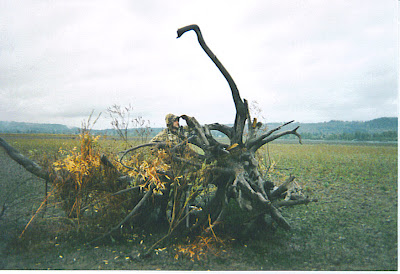
Wednesday, September 26, 2007
Monday, September 24, 2007
R.I.F.

If Oprah can have a book club, why not have the H7HT book club?
I'm sure this book contains profound wisdom and heady analytical views from the man who brought us classics like 'Cat Scratch Fever' and 'Wango Tango'. Ted has also been known to break out his bow hunting skills in the middle of his concerts. God Bless America, Charlton Heston AND Ted Nugent.
Tuesday, September 18, 2007
We're going to miss you Mr. Controversy.
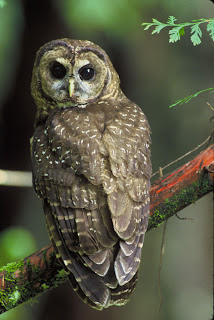
MICHAEL MILSTEIN The Oregonian Staff
Two decades after the wrenching drive to save an obscure bird divided Oregonians, reshaped the economy and tore apart the political landscape, the northern spotted owl is disappearing anyway.
Even the most optimistic biologists now admit that the docile owl -- revered and reviled as the most contentious symbol the Northwest has known -- will probably never fully recover.
Intensive logging of the spotted owl's old-growth forest home threw the first punch that sent the species reeling. But the knockout blow is coming from a direction that scientists who drew up plans to save the owl didn't count on: nature itself.
The versatile and voracious barred owl is proving far more adept at getting rid of the smaller owl than the Endangered Species Act was in saving it:
Fewer than 25 spotted owls remain in British Columbia, the northern fringe of its range -- and where barred owls first moved into the West. Biologists say the best hope for Canada's spotted owls would be for zoos to capture and breed them, and perhaps someday return them to the wild.
Spotted owls are vanishing inside Olympic National Park, where logging never disturbed them. A biologist looking for them says it sometimes seems like searching for the long-lost ivory-billed woodpecker. Barred owl numbers, though, are "through the roof."
Researchers fitting owls with radio transmitters and tracking them west of Eugene are finding more barred owls in Oregon's woods than anyone realized. A few decades ago, no barred owls existed there; now they outnumber spotted owls more than 2-to-1.
"It looks like we may have really underestimated the number of barred owls," says David Wiens, a leader of the study based at Oregon State University.
Eric Forsman, a U.S. Forest Service biologist whose pioneering research put the spotted owl on the map, is helping oversee the study with Wiens. "I think we're going to be depressed when it's all over," Forsman says.
The spotted owl was not the only reason for protecting Northwest forests, but it was the trigger. With its dependence on towering old trees, the owl brought the Endangered Species Act into play during the logging boom of the 1980s. Judges finally put a stop to the cutting that threatened it.
Two decades after the wrenching drive to save an obscure bird divided Oregonians, reshaped the economy and tore apart the political landscape, the northern spotted owl is disappearing anyway.
Even the most optimistic biologists now admit that the docile owl -- revered and reviled as the most contentious symbol the Northwest has known -- will probably never fully recover.
Intensive logging of the spotted owl's old-growth forest home threw the first punch that sent the species reeling. But the knockout blow is coming from a direction that scientists who drew up plans to save the owl didn't count on: nature itself.
The versatile and voracious barred owl is proving far more adept at getting rid of the smaller owl than the Endangered Species Act was in saving it:
Fewer than 25 spotted owls remain in British Columbia, the northern fringe of its range -- and where barred owls first moved into the West. Biologists say the best hope for Canada's spotted owls would be for zoos to capture and breed them, and perhaps someday return them to the wild.
Spotted owls are vanishing inside Olympic National Park, where logging never disturbed them. A biologist looking for them says it sometimes seems like searching for the long-lost ivory-billed woodpecker. Barred owl numbers, though, are "through the roof."
Researchers fitting owls with radio transmitters and tracking them west of Eugene are finding more barred owls in Oregon's woods than anyone realized. A few decades ago, no barred owls existed there; now they outnumber spotted owls more than 2-to-1.
"It looks like we may have really underestimated the number of barred owls," says David Wiens, a leader of the study based at Oregon State University.
Eric Forsman, a U.S. Forest Service biologist whose pioneering research put the spotted owl on the map, is helping oversee the study with Wiens. "I think we're going to be depressed when it's all over," Forsman says.
The spotted owl was not the only reason for protecting Northwest forests, but it was the trigger. With its dependence on towering old trees, the owl brought the Endangered Species Act into play during the logging boom of the 1980s. Judges finally put a stop to the cutting that threatened it.
Monday, September 17, 2007
Friday, September 14, 2007
Fall news
Leaves are turning colors, most prominently first those on drying weeds and shrubs up to the stature of brilliant red staghorn sumac.
In no time, we'll be tramping the fields and woods hunting for small game, with that tell-tale rustle of dried grasses and leaves underfoot and nature's brilliant tapestry overhead.
The season opens Oct. 13, and all signs point to a year of great opportunity. Last winter was relatively mild, with only a nasty month-long spurt of dismal weather at the end. The spring breeding season for ground nesters like ruffed grouse and wild turkeys appears to have been very good.
"I can't seem to go in the field without seeing a turkey," DEC small game and waterfowl maven Bryan Swift said.
That's been my experience as well. While it's strictly anecdotal, with the official August wild turkey census count still being tabulated, first impressions are that we have a lot of new birds out there. The survival rate appears excellent. I've seen a number of young this year and their protective moms picking at mature seeds and scrambling for grasshoppers, which -- with a little help from a mild winter ahead -- should translate into great hunting for year-old jakes next spring.
But we get ahead of ourselves. According to the annual flight forecast from Ducks Unlimited, we are looking at above-average numbers scooting down the Atlantic flyway for all species except for pintail and scaup.
For the first time in 20 years we can harvest up to two canvasback ducks in the daily six-bird limit. That's a duck that's shown a remarkable comeback, flying at us from the Midwest instead of following the usual duck route out of the Canadian Maritimes.
Mallards are still the gold standard of duck hunting, and their prodigious numbers are not dimmed, which is great news. Wood ducks are rife as well, to the point that there's talk of raising the bag limit on them next year. Black duck numbers are still a tad fragile, but teal populations are healthy for both green and blue-winged. Nothing tops a teal breast sauteed this fast, zip, zip.
While the overall duck population is well above average at the moment, Swift says there's the beginning of discussion in the Atlantic flyway council that maybe seasons need to be tightened a little and bag limits dropped.
The thinking is that with a little tighter regulation we might be able to keep the population numbers on a more even keel with fewer wild swings.
From the timesunion.com
In no time, we'll be tramping the fields and woods hunting for small game, with that tell-tale rustle of dried grasses and leaves underfoot and nature's brilliant tapestry overhead.
The season opens Oct. 13, and all signs point to a year of great opportunity. Last winter was relatively mild, with only a nasty month-long spurt of dismal weather at the end. The spring breeding season for ground nesters like ruffed grouse and wild turkeys appears to have been very good.
"I can't seem to go in the field without seeing a turkey," DEC small game and waterfowl maven Bryan Swift said.
That's been my experience as well. While it's strictly anecdotal, with the official August wild turkey census count still being tabulated, first impressions are that we have a lot of new birds out there. The survival rate appears excellent. I've seen a number of young this year and their protective moms picking at mature seeds and scrambling for grasshoppers, which -- with a little help from a mild winter ahead -- should translate into great hunting for year-old jakes next spring.
But we get ahead of ourselves. According to the annual flight forecast from Ducks Unlimited, we are looking at above-average numbers scooting down the Atlantic flyway for all species except for pintail and scaup.
For the first time in 20 years we can harvest up to two canvasback ducks in the daily six-bird limit. That's a duck that's shown a remarkable comeback, flying at us from the Midwest instead of following the usual duck route out of the Canadian Maritimes.
Mallards are still the gold standard of duck hunting, and their prodigious numbers are not dimmed, which is great news. Wood ducks are rife as well, to the point that there's talk of raising the bag limit on them next year. Black duck numbers are still a tad fragile, but teal populations are healthy for both green and blue-winged. Nothing tops a teal breast sauteed this fast, zip, zip.
While the overall duck population is well above average at the moment, Swift says there's the beginning of discussion in the Atlantic flyway council that maybe seasons need to be tightened a little and bag limits dropped.
The thinking is that with a little tighter regulation we might be able to keep the population numbers on a more even keel with fewer wild swings.
From the timesunion.com
Guest editor

HA! It is I, Greenie, and I rule!
I see that you worthless hunters are getting ready for yet another disappointing season of frustration. Remember that this is the only angle of me you will see this year, my French Canadian ass as it easily flies away from your inept shooting skills. I have fortified myself by eating only the finest grains and forage this season and expanded my family to replace the members you murdered last year. Jaque' and Renee did not die in vain. Their offspring are healthy and ready to fly past you and your worthless Italian guns. So sit in your poorly concealed 'blinds' and eat your stinking ham sandwich while I taunt you with my superiority. I quack in your general direction.
HA! I am Greenie, and I RULE!
Wednesday, September 12, 2007
Thursday, September 06, 2007
Tuesday, September 04, 2007
Getting To Know You
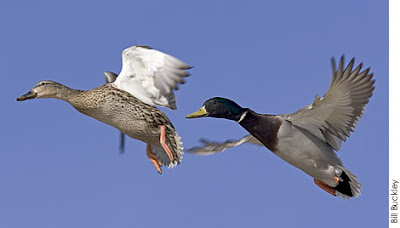
Latin: Anas platyrhynchos
Average length: M 24.7", F 23"
Average weight: M 2.7 lbs., F 2.4 lbs.
Description: The mallard is one of the most recognized of all ducks and is the ancestor of several domestic breeds. Its wide range has given rise to several distinct populations. Male: The male mallard's white neck-ring separates the green head from the chestnut-brown chest, contrasts with the gray sides, brownish back, black rump, and black upper- and undertail coverts. The speculum is violet-blue bordered by black and white and the outer tail feathers are white. The bill is yellow to yellowish-green and the legs and feet are coral-red. Male utters a soft, rasping kreep. Female: The female mallard is a mottled brownish color and has a violet speculum bordered by black and white. The crown of the head is dark brown with a dark brown stripe running through the eye. The remainder of the head is lighter brown than the upper body. The bill is orange splotched with brown and the legs and feet are orange. Female is especially vocal with the characteristic series of quacks.
Subscribe to:
Posts (Atom)
